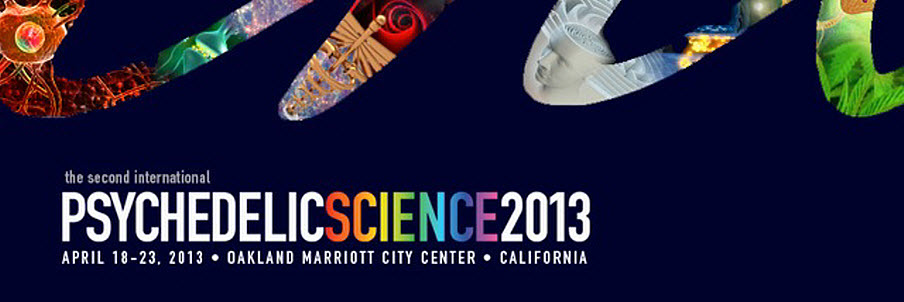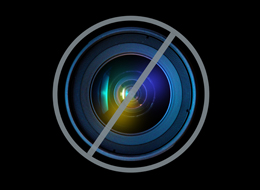I have found such things as recorded affirmations to be useful from time to time. I'm not a huge absolute believer in them, but at the right time and place, when you are in need of a boost or some positive input, I think they have their place.
I think there is another component to these things in that they are ultimately dependent on ego, and on words and belief, and a constructed self image, that type of stuff. As you progress on the meditative path, there is less and less "there" to respond to the material. But, again, I do feel they are useful up to a point for their positive input, and on a psychedelic journey, sometimes that kind of thing can make the difference between a mediocre trip, and say, a full blown skull blasting ecstatic mystical experience. Here are some of my recommendations:
Getting the right mindset for a psychedelic trip:
One nice trip starter is Kelly Howell's Secret Universal Mind Meditation. It's the kind of music I would recommend as you are coming up on a psychedelic: relaxed, ambient, "massage therapist" music along with a gentle guided meditation that points towards the spiritual, the nondual. There might be a word or phrase that I might like to change here or there, but overall it's a really good pointer, and I find Kelly very soothing.
Note that the version linked to above is spoken in 1st person. I have a slight preference for the version that came out a couple of years later that is in 2nd person, The Secret Universal Mind Meditation II. I can't recall exactly, but one or both of these has additional music at the end. For my purposes, I edited these down to just the guided meditation portion. For my edited versions, volume I is 33 minutes, and volume II is 26 minutes. Highly recommended.
Hypnosis:
Not surprisingly, I'm not a huge believer in
the hypnotic stuff either. I'm not quite so sure that all the hidden type
stuff, embedded metaphor, NLP and such, would really test out that well
in the real world. But what we're looking for here is some good
intentions and messages and an entertaining and/or relaxing soundtrack.
Another trip starter I have used is Paul Scheele's Euphoria. That link points to some kind of multi-CD course with several authors, but when I picked this up the Paul Scheele part (CD 1 of the current course) was a stand alone. I have heavily edited this to make it very specific for trip purposes (my version is 22 minutes). It is a slightly crazy approach for a trip start perhaps because it has a bit of a cheesy quality (one time causing me to laugh out loud when it came on during a trip). It's not like some super entertaining kind of thing, it's more about the induction (and double induction). But there's some good stuff in there, and it certainly has good intentions.
These hypnotic tracks raise the entertainment factor:
Richard Bandler - The Ecstasy Machine. This is a pretty old one. I got this back in the day when it was a standalone, with a subliminal track as well. The current package is known as The Ecstacy Twins, but what you're looking for here is the 45 minute Ecstasy Machine track, that's all you need or want IMO. Bandler's growling, motivating voice creates an entertaining metaphor, imagining a set of controls for your conscious and unconscious experience, over Denver Clay's music.
Hypnotica - The Sphinx of Imagination. This is a very entertaining hypnotic induction, with plenty of great sound effects and such, and the above mentioned Denver Clay helps out with the music. This was first released in 2003, and was upgraded in 2012. Hypnotica now seems to be primarily focused on helping young men become more self confident and attract and meet women, but I wouldn't hold it against him. This thing legitimately kicks ass, if you're in the mood for that type of thing. From the Hypnotica site, the pitch for Sphinx of Imagination.
Affirmations:
Straight up affirmations may be one of the more effective things, if you are open to it and really want to change your mindset. I personally think it makes a difference if you can actually hear the message, but who knows.
Maybe the best I've heard would be the insanely high priced EmBRACES Belief Entrainment System. It's just too expensive, in my opinion. But it is good. The modules and scripts seem well thought out. They come with a very complete and frankly bewildering variety of options. Male voice, female voice, multiple voices, 1st person, 2nd person, 3 varieties of binaural beats, with and without music. I believe pretty much every combination of those factors. So yeah, you do get all that variety. Did I mention it was expensive?
Another one is the ThinkRightNow affirmations. I loathe their "direct mail" marketing styled website, but these are decent affirmations and are priced slightly better.
And The Results?
Considering that I've say, tripped (i.e gotten myself into a legitimately receptive state with plenty of access to the unconscious) while listening to a lot of this type of stuff, well, if these things really changed people significantly, we might well nigh imagine me to be some kind of billionaire superman by now.
Heh. Not quite there. But hey, you know, I'm doing pretty good.




















